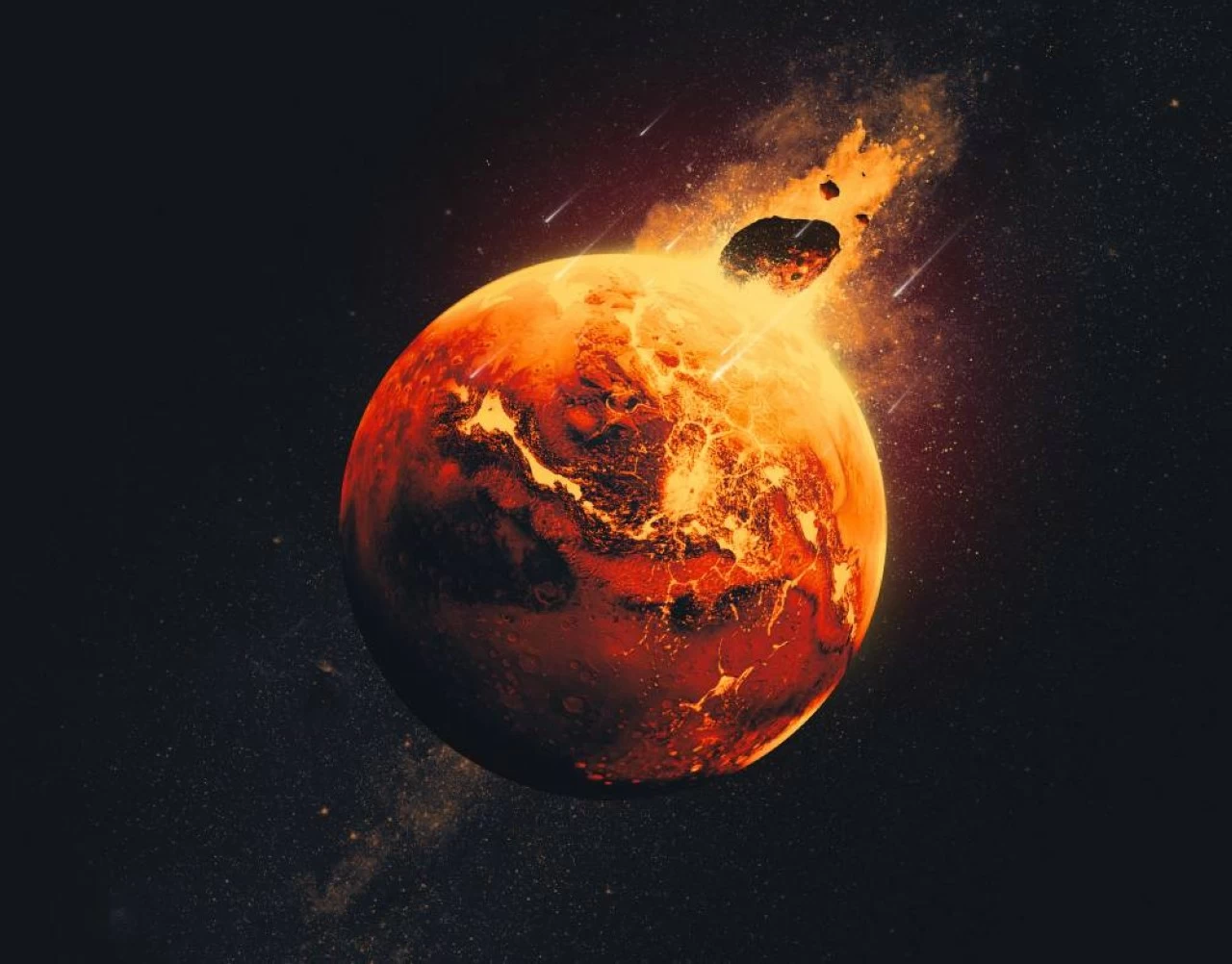

By signing in or creating an account, you agree with Associated Broadcasting Company's Terms & Conditions and Privacy Policy.


By signing in or creating an account, you agree with Associated Broadcasting Company's Terms & Conditions and Privacy Policy.

4.5 billion years ago, the planets being assembled from the debris leftover by the birth of the Sun, were bombarded by asteroids. Fragments of these impacts lodged deep within the interior of Mars have been detected using data captured by NASA's InSight lander before its retirement in 2022. These impacts were powerful enough to melt continent-sized portions of the red planet. Some of these impactors were large enough to themselves be seeds of worlds, or protoplanets. The largest of the fragments in the interior of Mars measure about four km across.

Cutaway view of the interior of Mars. (Image Credit: NASA/JPL-Caltech).
These fragments are preserved on Mars as the Red Planet lacks plate tectonics and a supercontinent cycle, preventing the interior from being churned through a process known as convection. The circulation of the mantle within the interior of Earth breaks down the fragments that reach the mantle. This mantle is an ocean of liquid rock between the crust or surface and the planetary core, made up of iron and nickel sinking through the mantle. A paper describing the findings has been reported in Science.
Seismometers, or sensitive instruments that measure quakes are just about the only method that scientists have to probe the inaccessible interiors of worlds. The InSight lander recorded 1,319 marsquakes over the course of its four year long mission. The seismic waves change as they pass through materials of different densities. While Mars lacks the tectonic activity that causes quakes on Earth, there are still quakes from asteroid impacts and by rocks cracking under heat and pressure. Lead author of the paper, Constantinos Charalambous says, "We’ve never seen the inside of a planet in such fine detail and clarity before."








